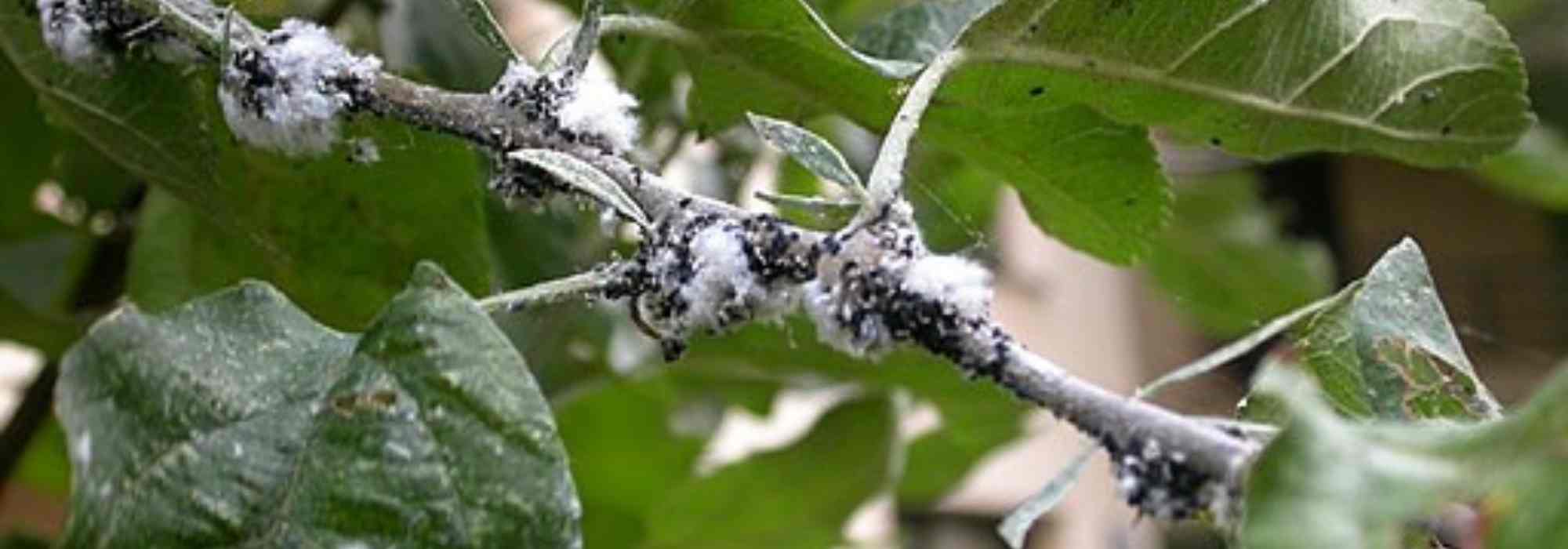
How to control woolly apple aphid on apple trees?
Identification, prevention and natural treatments to get rid of woolly aphids
Contents
Are the branches of your apple tree covered with long white cottony filaments? This is without doubt a colony of woolly aphids.
By drawing the sap from the tree, this small insect weakens it and makes it vulnerable to other diseases and parasitic pests.
So how to protect your apple tree and its harvests? Let’s review preventive measures to combat the spread of the woolly aphid and the most natural curative treatments to use in the garden.
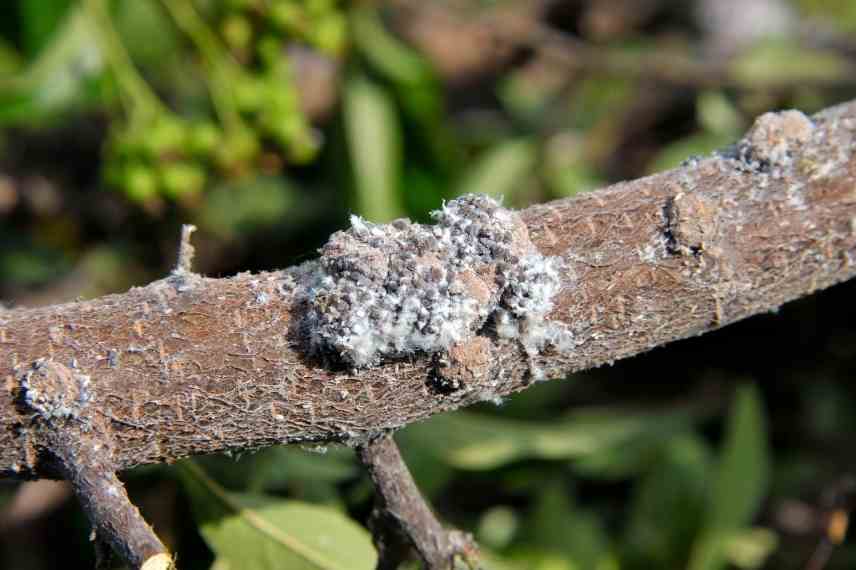
Identifying woolly apple aphid and its symptoms on apple trees
What does wooly aphid look like?
Wooly aphid (Eriosoma lanigerum) is a small hemipteran insect, of the same family as bugs, cicadas or scale insects. Measuring barely 3 mm, it is recognisable by its body covered with a white, cottony, filamentous coat made of wax, hence its other name wooly aphid.
Adults generally have no wing (they are apterous), but winged individuals, with brown bodies and a lighter cottony covering, appear during summer.
Larva resembles adult, with a black-violet body, but is smaller in size.
Pest is thought to originate from North America and was accidentally introduced to Europe in the late 18th century.
Life cycle
It is at the start of spring, from March–April, that the first adult wooly aphids emerge from winter dormancy, as soon as temperatures exceed about 7°C. They then colonise apple trees and sometimes even other fruit trees or bushes, such as quince trees or hawthorns. Their activity continues until autumn, generally into October.
Reproduction occurs by parthenogenesis, meaning females do not need to be fertilised. They lay around a hundred larvae, which, like adults, feed on apple tree sap, drawn with a stylet that pierces the bark of the shoots.
In spring several generations of females succeed one another and it is during summer that winged specimens appear, dispersing and multiplying the colony on neighbouring apple trees.
Last-laid larvae overwinter as nymphs under the bark or in crevices of the host tree.
Note that a mild winter will reduce natural larval mortality and may lead to faster infestation in spring.
Damage caused by wooly aphid on apple tree
Damage to apple tree is easily observed. First, long, cottony-looking colonies coat the branches, young shoots and flowers of the tree.
Wooly aphid of apple tree feeds by drawing sap and attacks both trunk and branches, sometimes even superficial roots. Unlike grey aphid, it is never found on leaves.
It is not so much sap withdrawal that affects tree health, but the toxic saliva injected during insect punctures, which exhausts it and favours virus transmission.
Consequences of wooly aphid presence include:
- reduced tree growth
- deformed leaves, which curl up
- development of sooty mould on leaves and fruit, a disease producing a sticky black substance
Then, in case of a massive, long-lasting infestation, observed effects include:
- deformation of bark and appearance of bulges
- exposure of wood and formation of canker, causing deformation of shoots, splitting of branches and poor sap circulation; these open wounds also favour the appearance of other diseases (fungi, bacteria…)
In the long term, beyond aesthetic impact, there is a decline in fruit production and dieback of apple tree.
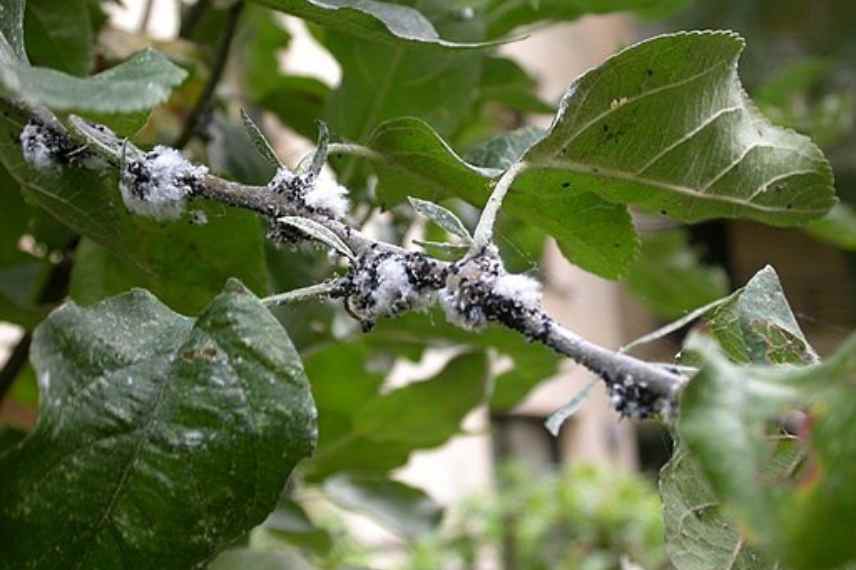
(Photo Wikimedia Commons)
Natural remedies to get rid of woolly aphids
Mechanical control
- Aphid colonies can be dislodged with water, by spraying or with a garden hose. They can also be removed manually if colony not yet too large.
- Fitting a glue band around trunk of apple tree traps ants. Non-selective, it also traps other useful insects, which is why its use is recommended only in spring, to prevent proliferation of woolly aphids, and not in excess.
- As a last resort, use an insecticidal product based on pyrethrum or an aphid control product in paraffin, suitable for organic use. You can also opt for a solution of black soap, to spray at end of day (1 L water to 4–5 tablespoons black soap).
Even natural products are not selective. They therefore also affect other insects, including essential pollinators. Prefer application to localised areas and, if possible, outside flowering period.
Finally, you can opt for applying a winter treatment to apple tree after leaf fall, generally in November and up to January–February. The product (white oil, rapeseed oil) is diluted and applied by spraying over whole tree, from trunk to scaffold branches, focusing on crevices hiding pests.
You can also apply a limewash to trunk.
Treatment will asphyxiate all overwintering forms: eggs, larvae and adults. It should be carried out in case of heavy infestation during previous year, but not systematically.
It is also possible simply to scrub trunk with a wire brush to remove overwintering eggs.
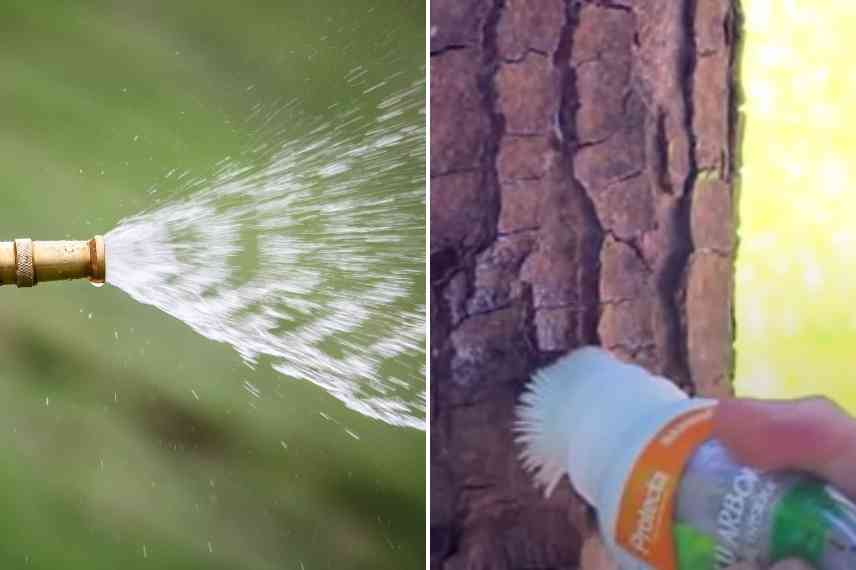
Jet watering and use of tree glue bands are among control measures
Biological control
Biological control uses beneficial living organisms to combat a pest or harmful organism. It draws on natural balance and predation.
If needed, use beneficial insects, for example ladybird or hoverfly larvae.
For a novice, it can be difficult to choose the right species for the problem and to have the correct method to introduce them into the garden. It may therefore sometimes be simpler to encourage their natural presence in the garden to prevent pest outbreaks.
Discover other Apple trees
View all →Available in 0 sizes
Available in 0 sizes
Available in 0 sizes
Available in 0 sizes
Available in 0 sizes
Available in 0 sizes
Available in 2 sizes
Available in 1 sizes
Available in 1 sizes
Available in 1 sizes
Preventive measures to control woolly aphids
There are several natural preventive measures against woolly aphid:
- avoid growing varieties known for susceptibility to aphids, such as ‘Reine des Reinettes’, ‘Calville Blanc’, ‘Reinette du Canada’, ‘Belle de Boskoop’ and opt for resistant rootstocks
- limit nitrogen inputs, which in excess make tree sap more attractive to aphids
- plant near apple trees a mix of annual anti-aphid flowers designed to reduce insect invasions, such as annual anti-aphid flower mixes
- grow aromatic herbs such as thyme, lavender, mint, sage or dill, whose strong scents also repel aphids
- some gardeners use macerations in nettle manure, fern, lemon balm, wormwood or garlic infusions
Promote biodiversity in the garden
Woolly aphid has several natural predators: birds, ladybirds, lacewings, hoverflies, parasitic wasp Aphelinus mali… Establishing a biological balance helps welcome and retain them in the garden.
To do this, you can install refugia, insect hotels, nest boxes, feeders and bird baths (tit feeds on aphids and larvae), but also grow host plants for predators: phacelia, borage or a flower mix to attract ladybirds.
Finally, encourage presence of predators of ants, which tend aphids to feed on their honeydew, such as spiders or lizards.
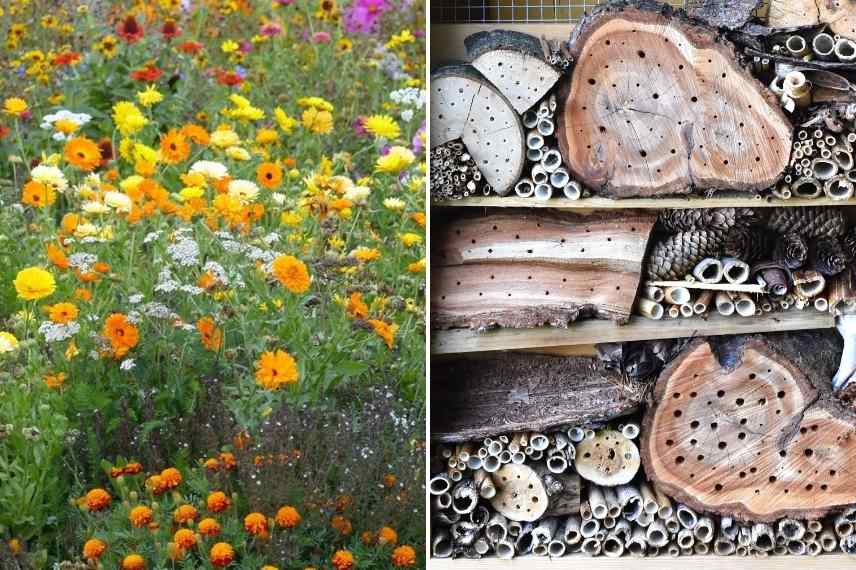
Bring biodiversity into your garden !
- Subscribe!
- Contents
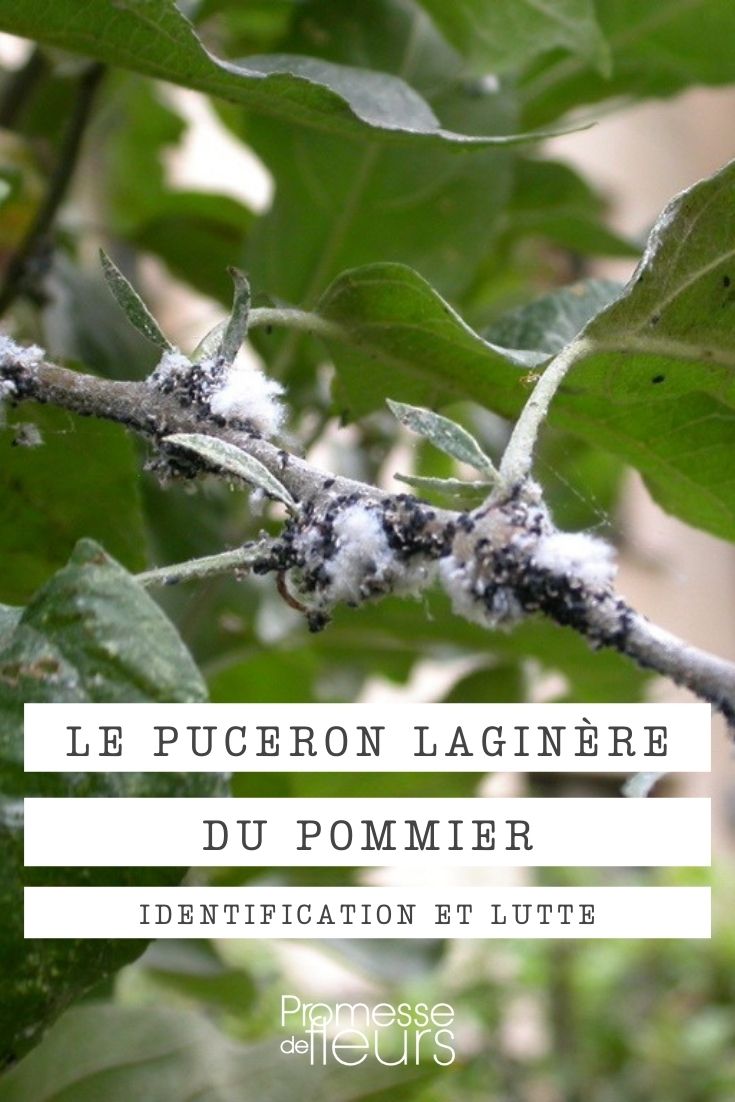































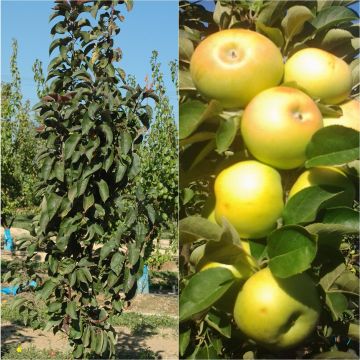
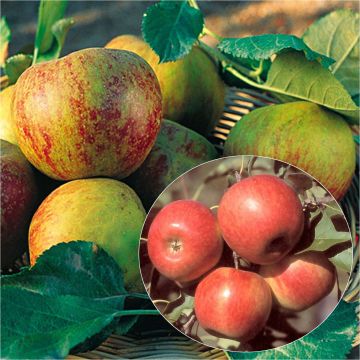
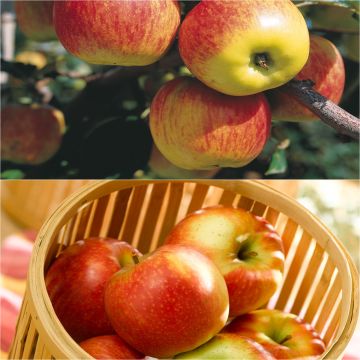
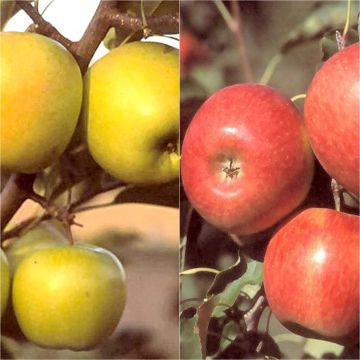
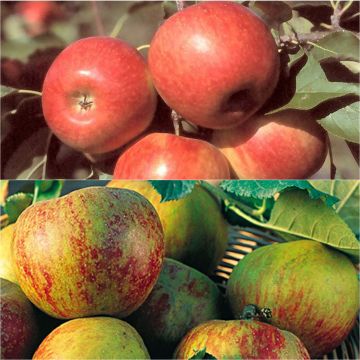
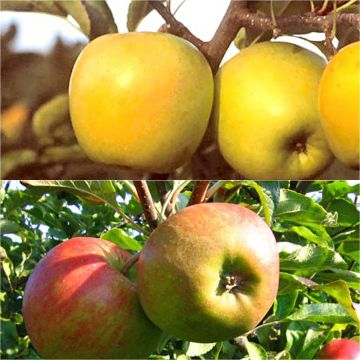
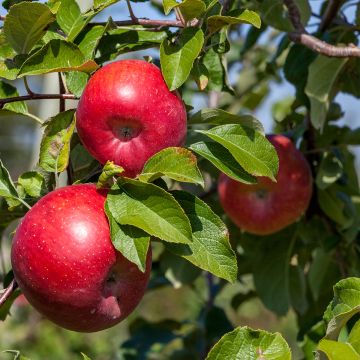
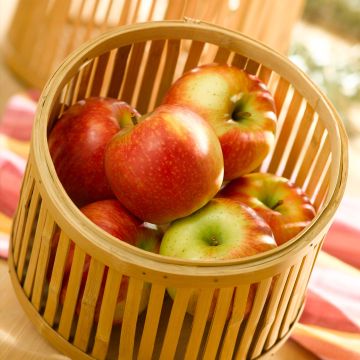
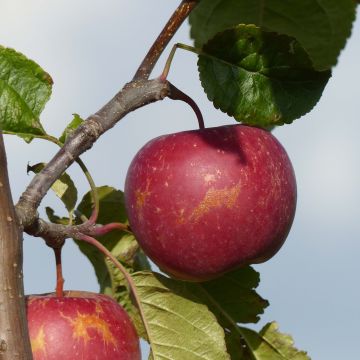
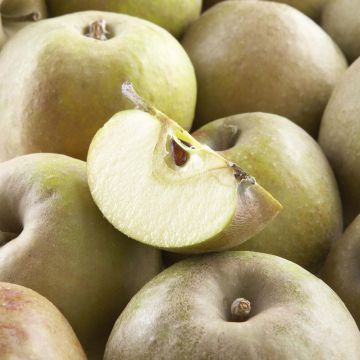
Comments